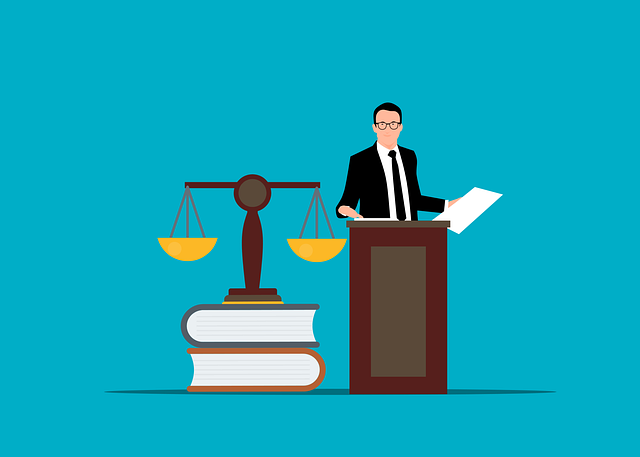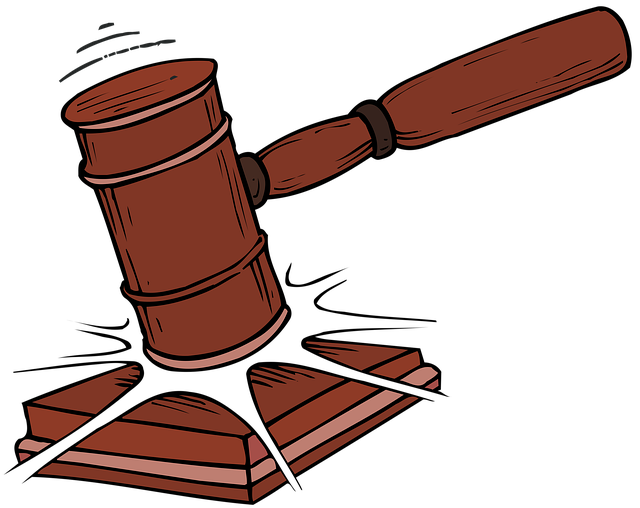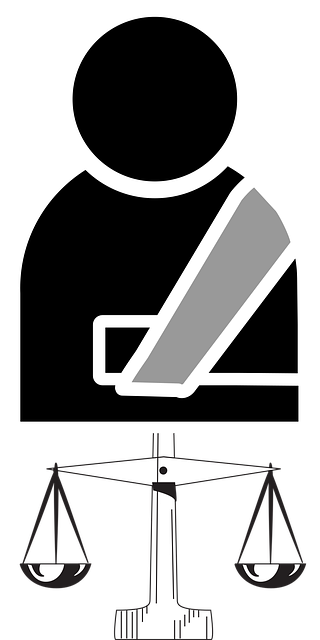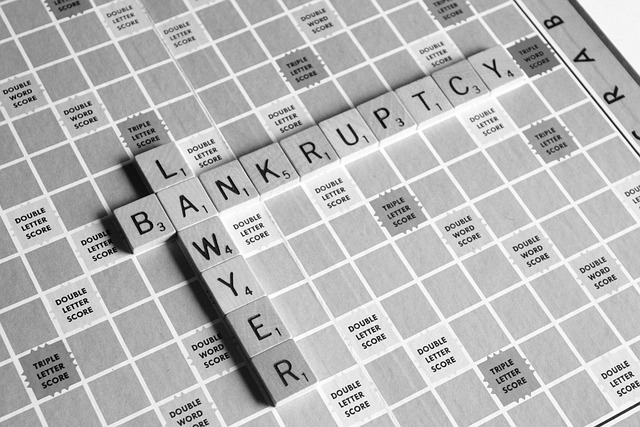Driving without insurance after a car accident carries severe legal repercussions, including fines, license suspension, and even jail time, varying by region. Without automotive liability insurance—a legal requirement—drivers face complex legal issues and disputes. Understanding rights and obligations is crucial for navigating these situations. License suspension often results from driving without insurance, disrupting daily life, but options exist to appeal, such as providing evidence of non-fault circumstances or obtaining proof of financial responsibility with help from a traffic law attorney. Proactive measures like defensive driving courses can prevent future accidents and license-related issues.
In the aftermath of a car accident, lacking insurance can have severe legal repercussions. This comprehensive guide delves into the intricate details surrounding driving without insurance and subsequent license suspensions. Understanding these implications is crucial for those caught in this situation. We’ll explore the step-by-step process of license suspension after an uninsured motorist incident, offering practical options to navigate potential challenges post-suspension. Key words: car accident no insurance.
- Understanding the Legal Implications of Driving Without Insurance After a Car Accident
- The Process of License Suspension Following an Uninsured Motorist Incident
- Options and Steps to Take After Your License is Suspended Due to Lack of Insurance Coverage
Understanding the Legal Implications of Driving Without Insurance After a Car Accident

After a car accident, driving without insurance can have severe legal implications. Many states have strict laws regarding automotive liability insurance, which is designed to protect both drivers and other road users in case of collisions. When a driver is involved in an accident and does not have valid insurance coverage, they may face significant penalties. These can include substantial fines, license suspension or revocation, and even potential jail time, depending on the jurisdiction and the severity of the incident.
Understanding these legal ramifications is crucial for client recovery in the event of a car accident no insurance. Insurance is not just a financial safety net but also a legal requirement for operating a motor vehicle. Without it, individuals could find themselves embroiled in complex partnership disputes or employment disputes, especially if they are held responsible for damages. Being informed about one’s rights and obligations regarding insurance is essential to navigating such situations effectively.
The Process of License Suspension Following an Uninsured Motorist Incident

When a driver is involved in a car accident and does not have insurance, the subsequent process can be complex. After the initial incident, law enforcement will typically be notified and may issue a citation to the uninsured driver. This citation can include details about the violation of driving without insurance, which is often considered a serious offense. The state’s department of motor vehicles (DMV) will then take action, leading to the suspension of the driver’s license.
The DMV’s procedures vary by jurisdiction, but generally, they will review the incident report and any supporting documents. If it’s confirmed that the driver was operating a vehicle without insurance, the license will be suspended for a specified period, often ranging from several months to a year or more. During this time, the individual cannot legally drive until they resolve the issue and meet the requirements for reinstatement, which may involve paying fines, fees, and potentially taking a defensive driving course. This process serves as a deterrent for drivers to maintain valid insurance coverage to avoid such penalties.
Options and Steps to Take After Your License is Suspended Due to Lack of Insurance Coverage

After a car accident with no insurance, license suspension is a common consequence. This can leave you unable to drive and get around, especially if it’s your primary means of transportation. The first step is to understand your options. One route is to appeal the suspension, providing evidence that you were not at fault for the accident or explaining extenuating circumstances. This process varies by jurisdiction, so reviewing local laws is crucial.
Additionally, addressing the underlying issue—lacking insurance—is essential. You may need to obtain a bond or proof of financial responsibility to lift the suspension. Consulting with an attorney specializing in traffic law can help navigate these options. Furthermore, taking proactive measures like enrolling in defensive driving courses or adhering to strict safety protocols while driving can prevent future accidents and avoid further license-related issues, especially when dealing with auto accident injuries that may arise from partnerships disagreements on insurance coverage.
After a car accident, driving without insurance can lead to severe legal consequences, including license suspension. Understanding the process and available options is crucial for those facing this situation. By adhering to the steps outlined in this article—from comprehending the legal implications to taking proactive measures after a suspension—uninsured motorist incidents can be navigated more effectively. Remember that prompt action and knowledge of your rights are key to mitigating the impact of a car accident with no insurance coverage.






